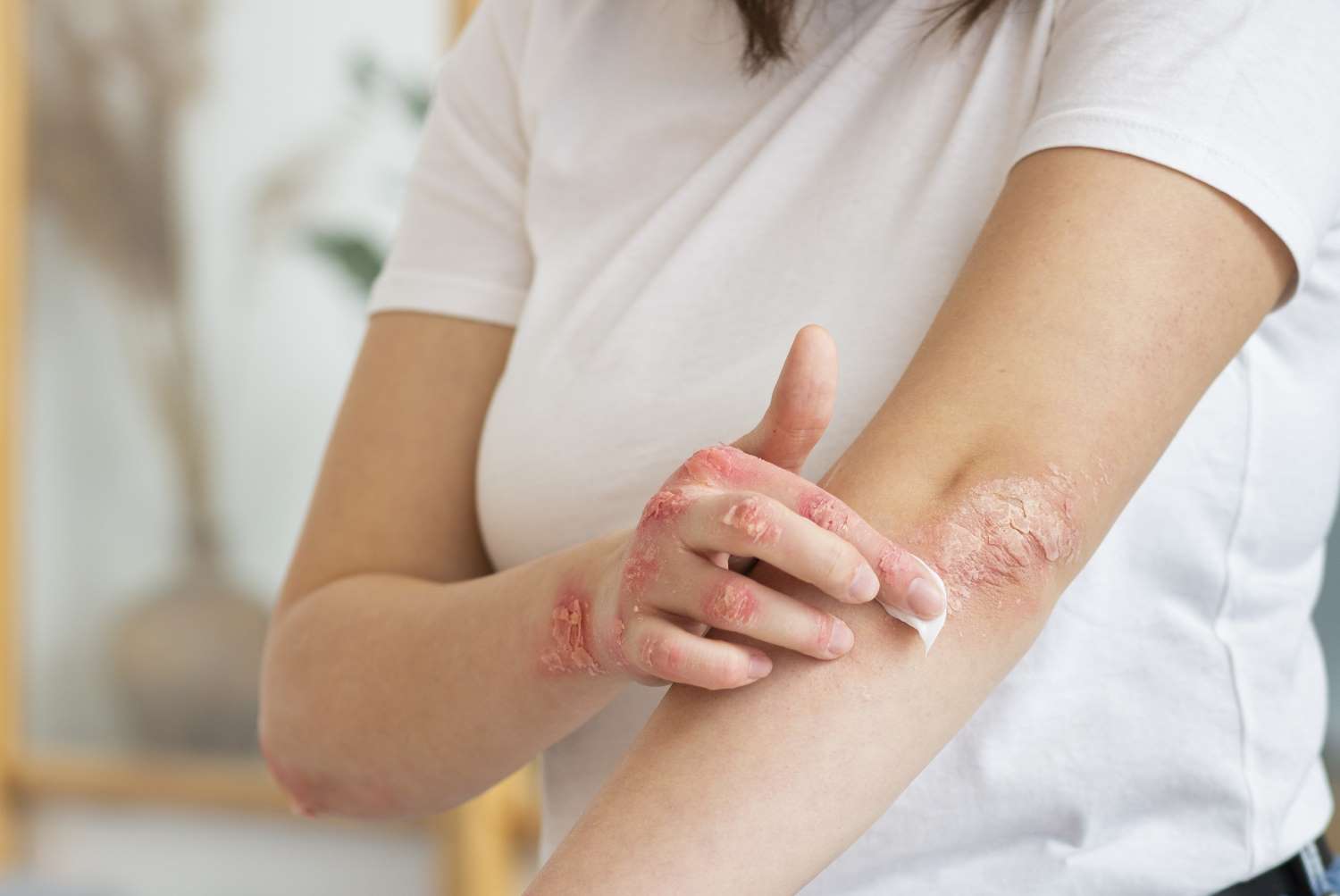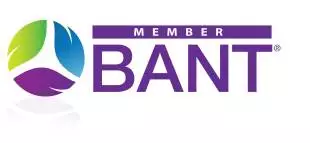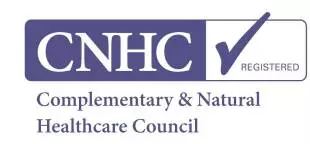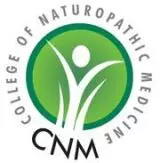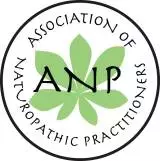TEL:
07366693154



Vitamin D is getting more and more attention as a vital nutrient for our bodies. It’s estimated that 50 percent of the world are experiencing some sort of vitamin D insufficiency. An estimated 1 billion people worldwide across all ethnicities and age groups, have a vitamin D deficiency [1].
According to national surveys in the UK, across the population approximately 1 in 5 people have low vitamin D levels (which is defined as serum levels below 25 nmol/L)[2].
The sun which provides this natural source of vitamin D has the power to sustain this planet. Therefore, it would be reasonable to assume that it’s importance for sustaining our own health is equally important.
With Vitamin D being such a widespread issue let’s understand a little bit more about vitamin D deficiency.
Vitamin D (also known as calcitriol) is an essential fat-soluble vitamin, or better yet a hormone. It carries out several important functions within the body, with one of the most important being its role in maintaining a healthy immune system.
Vitamin D is one of many hormones involved in the maturation of white blood cells, our first line defence against most types of infection. In particular, researchers have uncovered a relatively consistent link between low vitamin D level and increased risk of respiratory infection.
Vitamin D turns on key peptides in your immune system that trigger a strong anti-microbial response, allowing you to quickly and effectively fight off pathogens before they can develop further.
Another important function of vitamin D is the control of calcium homeostasis (balance). Hormones such as vitamin D and PTH (Parathyroid hormone) control both calcium and phosphate concentrations in the body.
Simply put, vitamin D ensures that calcium stays where it’s needed in the body – in our bones – so they stay strong and healthy. In this instance a deficiency in vitamin D can lead bone weakening and conditions such as osteomalacia or osteoporosis can develop.
Studies are also showing low levels of vitamin D are also associated with insulin resistance, ovulatory and menstrual irregularities, lower pregnancy success, hirsutism (hair gain), PCOS, obesity and elevated cardiovascular disease risk factors.
Researchers have known for some time that the risk of high blood sugar and diabetes are higher in people with low vitamin D levels.
Sunlight on your skin is clearly the best way to get vitamin D but with many of us spending more and more time indoors, it’s important that we look to vitamin D found into food as an alternative source.
Considering the implications of not getting enough vitamin D, let’s look at the food sources you should look to introduce into your diet.

White fish, including cod and gray sole, are found to have lower levels of vitamin D as they typically have very little fat in their skin.

For example, normal portabella mushrooms have a small amount of vitamin D, but portabellas grown with extra exposure to ultraviolet (UV) light have much higher levels. One whole UV-exposed portabella mushroom has about 375 IUs of vitamin D. Portabellas are also an excellent source of selenium, potassium, and several B-complex vitamins.
In terms of the mushrooms which the highest levels of vitamin D, Maitake/Shiitake mushrooms are the winners. They naturally have the highest levels of vitamin D and they also provide potassium and several B-complex vitamins. One cup of diced maitake mushrooms has more than 700 IUs of vitamin D.
Other mushrooms which provide good levels of vitamin D are oyster mushrooms and enoki mushrooms.

Since the vitamin D in an egg comes from its yolk, it’s important to use the whole egg—not just the whites. One egg contains about 200 milligrams of cholesterol, and generally it is recommended to consume no more than 300 milligrams a day for heart health.
Again, considering quality, free-range eggs contain up to 30 percent more vitamin D than those from factory farms, according to research from Reading University.

The best part about this food is that it’s convenient. Keep canned tuna on hand for sandwiches, salads, and your favourite recipes for a healthy boost.
Again be aware of the quality of your tuna as there have been links with mercury poisoning due to mercury being absorbed by these fish.
Ghee is similar to clarified butter which is heated to remove proteins and is simmered longer to bring out the butter’s inherent nutty flavour and is left with a higher smoke point than butter, meaning that it can be heated to a higher temperature before it starts to smoke. Adding Ghee as your cooking fat is a great way to eat a food rich in vitamin D. Always remember it needs to come from grass-fed, organically raised animals.
Breakfast cereal can be good for you if it’s made with whole grains and is low in added sugar. It’s common practice to fortify breakfast cereals with vitamins and minerals so you’ll typically find about 100 IUs of vitamin D in one cup of dry cereal. Whole grain cereals are also a good source of many vitamins and minerals, plus fibre.
Milk alternatives such as soy milk and almond milk are also fortified with vitamin D and calcium. Choose from plain unsweetened milk or explore flavoured varieties like chocolate almond milk, which is as delicious as it sounds.
These alternatives can often be used in place of cow’s milk. Just make sure you choose a flavour that fits the meal.
Share:

